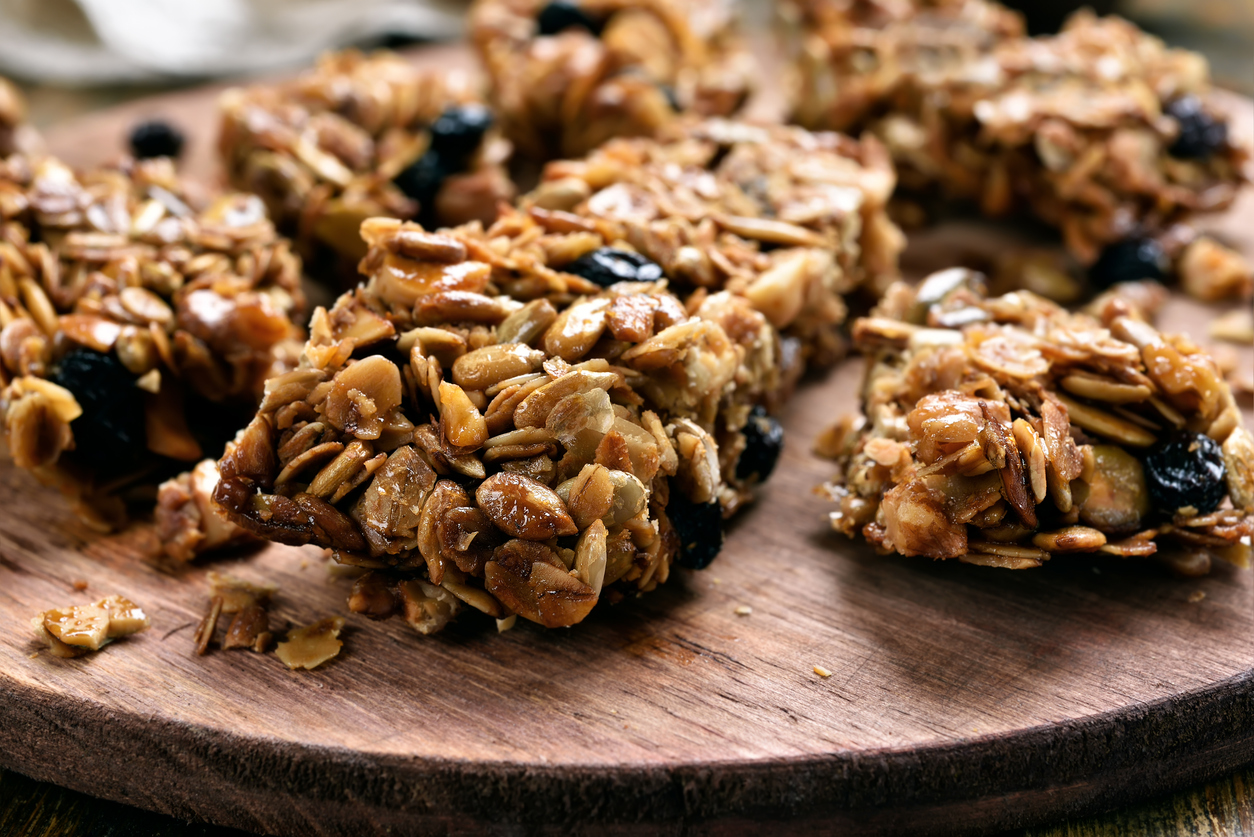Background Agricultural Connections
 |
Energy Bar Exploration is a Project-Based Learning (PBL) plan. PBL is a teaching method in which students gain knowledge and skills by working for an extended period of time to investigate and respond to an authentic, engaging, and complex question, problem, or challenge.1 |
Essential Elements of PBL
A quality PBL experience requires seven essential elements.
- Challenging Problem or Question: The project is framed by a meaningful problem to be solved or a question to answer, at the appropriate level of challenge.
- Sustained Inquiry: Students engage in a rigorous, extended process of posing questions, finding resources, and applying information.
- Authenticity: The project involves real-world context, tasks and tools, quality standards, or impact, or the project speaks to personal concerns, interests, and issues in the students' lives.
- Voice and Choice: Students make some decisions about the project, including how they work and what they create.
- Reflection: Students and teachers reflect on the learning, the effectiveness of their inquiry and project activities, the quality of student work, and obstacles that arise and strategies for overcoming them.
- Critique and Revision: Students give, receive, and apply feedback to improve their process and products.
- Public Product: Students make their project work public by explaining, displaying, and/or presenting it to audiences beyond the classroom.2
USDA Guidelines for School Snacks
The United States Department of Agriculture (USDA) guidelines for school snacks include calorie, fat, sugar, and sodium limits and nutrient requirements:
- Calorie Limits: All snacks, including extras like butter and cream cheese, must have no more than 200 calories per serving.
- Fat Limits: Total fat must make up no more than 35% of total calorie count, with saturated fat content at less than 10% and trans fat content at 0.
- Sugar Limits: Only 35% (or less) of the weight in any snack food may come from sugar.
- Sodium Limits: Snacks must contain no more than 200 mg of sodium.
- Nutrient Requirements: In order to meet the USDA's guidelines, snacks must either be rich in whole grains, contain at least a quarter cup of fruits and/or vegetables, have a fruit, vegetable, or protein food, or dairy product as the first ingredient, or contain 10% or more of the percent daily value of potassium, dietary fiber, vitamin D, or calcium.
Nutrition Facts Labels
Nutrition Facts labels are important tools to help consumers be aware of the contents of their foods in order to meet and not exceed their nutrition requirements. Food labels contain the following information:
- Servings Per Container: Show the total number of servings found in the entire package.
- Serving Size: This quantity is based on the amount customarily eaten at one time, though typical serving sizes often exceed recommended serving sizes.
- Calories: A unit of measurement used to define the amount of energy a food provides the body.
- Fat: A macronutrient that provides energy, stores energy, and helps digest fat-soluble vitamins. There are four types of fat; polyunsaturated fat, monounsaturated fat, saturated fat, and trans fat.
- Sodium: Refers to the mineral table, or sodium chloride. Sodium helps in the function of nerves, muscles, and fluid balance in the body.
- Carbohydrate: A macronutrient which supplies energy to support bodily functions and physical activity. Carbohydrates include sugars, starches, celluloses, and gums.
- Fiber: The portion of plant-derived food that cannot be completely broken down by digestive enzymes. Fiber improves digestive enzymes. Fiber improves digestive health and lowers the risk of many chronic diseases.
- Sugar: The sum of naturally occurring sugars and added sugars in a food. Naturally occurring sugars include fructose in fruit or lactose in dairy products. Added sugars are those added in the processing of food in the form of table sugar, honey, syrups, etc.
- Protein: A macronutrient needed to maintain bone, muscle, and skin health.
- Vitamins and Minerals: This section declares the amount of vitamins or minerals found in each serving of food. Vitamin D, calcium, iron, and potassium are required on the label because they have been found to be most at risk of being deficient in the United States.
- % Daily Value: The percent of each nutrient provided in one serving of the food based on recommendations for a 2,000-calorie diet.
 |
This PBL plan introduces students to the following career opportunities: accountant, marketing specialist, graphic designer, business manager, general and operations manager, retail salesperson, customer service representative, advertising and promotions manager, advertising sales agent, secretary, prepress technicians and workers, dietitian and nutritionist, food scientist and technologist, baker, chef and head cook, computer programmer, network support specialist. Explore the career profiles to discover job outlooks, education requirements, and average salaries.
|
